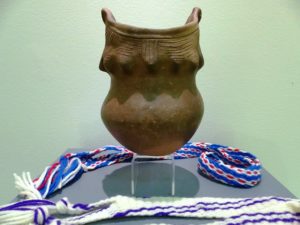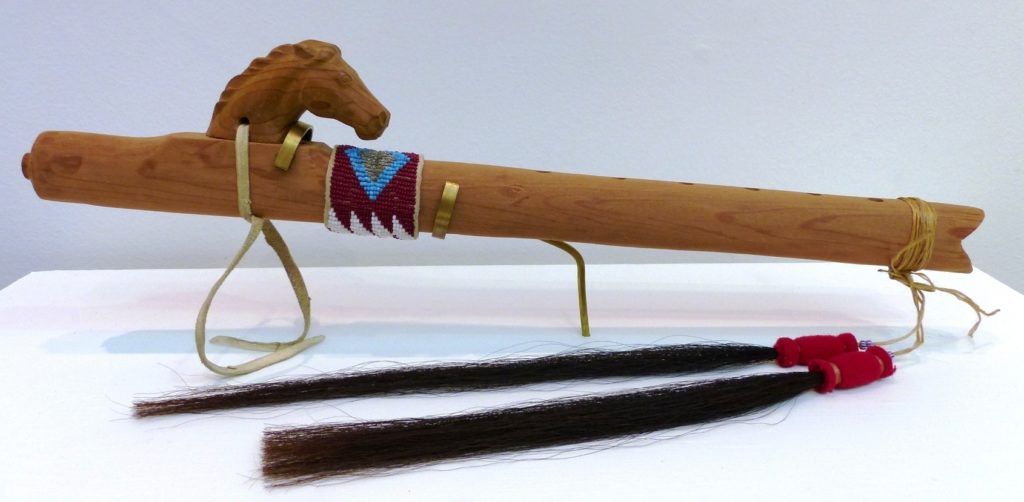The five Indigenous tribes recognized by Connecticut state law include the Schaghticoke, Golden Hill Paugussett, Mohegan, Mashantucket Pequot, and Paucatuck Eastern Pequot, each with its own history and identity. The remarkable resilience of Indigenous cultures can be seen in the tribes’ social networks, political governance, commitment to educating others about native history, and their ongoing work to sustain their traditions. Both Mashantucket and Mohegan have developed language revitalization projects, with a series of Mohegan language lessons available on YouTube. The tribes host annual powwows and gatherings such as the Mohegan Homecoming that brings tribal members together at Fort Shantok in Uncasville to dance under the traditional arbor. The Tantaquidgeon Museum, the oldest Native-owned museum in the country, displays art and artifacts collected by the family. The Mashantucket Pequot Museum offers archaeological, historical, and cultural programming and educational activities such as the construction of a traditional dugout canoe (called nookumuhs, grandmother) that was launched at Mystic Seaport a few years ago.

Mohegan Traditional Arts –
Elaine Thomas, Mohegan
Shell-tempered coiled clay Shantokware pot – Connecticut Historical Society
Notable tradition bearers among the tribes practice cultural expressions that go back generations and still have cultural importance today. Trudie Lamb Richmond, a beloved Schaghticoke elder and educator, collects and shares native stories from across New England and from her own homeland in northwestern Connecticut. She has brought information and insight into the values, history, and creativity of native peoples to thousands of audiences throughout Connecticut and beyond. Mohegan author and scholar Melissa Tantquidgeon Zobel serves as the tribe’s medicine woman and historian, following in a long line of relatives and ancestors who conserved the people’s oral traditions. Mohegan artist Elaine Thomas learned how to design, shape, and fire the traditional Mohegan pottery called Shantok ware, from Tuscarora/Narragansett potter Brenda Hill, through CCHAP’s Southern New England Traditional Arts Apprenticeship Program. Faith Davison, a Mohegan nonner or grandmother, twines yarn with a traditional finger weaving technique, incorporating symbolic colors and designs such as the purple and white of wampum. Pequot artist and cultural instructor Candy Testa studied traditional storytelling with Trudie Richmond, gathering narratives about Great Cedar Swamp on Mashantucket to bring attention to this neglected natural resource.
The above first appeared as a panel in the Connecticut Cultural Heritage Arts Program’s Connecticut Traditional Artists and Their Communities exhibit at the Connecticut Historical Society. The entire exhibit can be viewed here.









